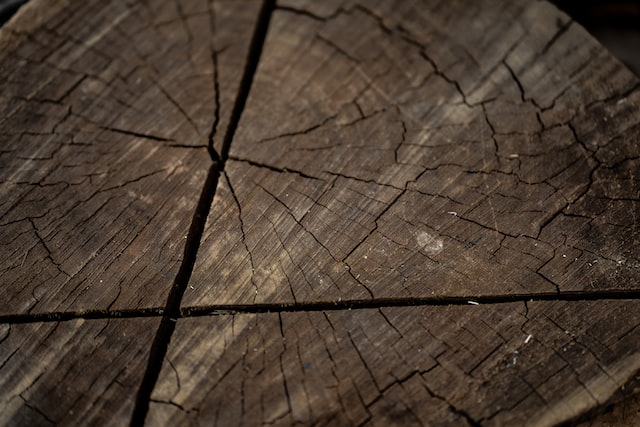“Top 6 Types of Kilns for Drying Green Lumber and Slabs: A Comparison of Pros and Cons”
There are several types of kilns on the market for drying green lumber and slabs, each with its own unique set of pros and cons.
Dehumidification Kilns
- These kilns work by removing moisture from the air inside the kiln, which in turn dries the wood. Pros of dehumidification kilns include their ability to dry wood quickly and efficiently, as well as their ability to be used for a wide variety of different types of wood.
- Cons include their high initial cost and the fact that they require a significant amount of energy to operate.
Solar Kilns
These kilns use the power of the sun to dry wood.
- Pros of solar kilns include their low cost and their ability to be used in remote locations.
- Cons include their slow drying times and the fact that they are dependent on good weather conditions.

Vacuum Kilns
These kilns use a vacuum to remove moisture from the wood.
- Pros of vacuum kilns include their ability to dry wood quickly and efficiently, as well as their ability to dry wood evenly.
- Cons include their high cost and the fact that they require a significant amount of energy to operate.
Steam Kilns
These kilns use steam to dry wood.
- Pros of steam kilns include their ability to dry wood quickly and their ability to dry wood evenly.
- Cons include their high cost and the fact that they require a significant amount of energy to operate.
Air-Dry Kilns
These kilns use natural airflow to dry wood.
- Pros of air-dry kilns include their low cost and the fact that they are easy to operate.
- Cons include their slow drying times and the fact that they are dependent on good weather conditions.

Hybrid Kilns
These kilns use a combination of different drying methods to dry wood.
- Pros of hybrid kilns include their ability to dry wood quickly and efficiently, as well as their ability to dry wood evenly.
- Cons include their high cost and the fact that they require a significant amount of energy to operate.
When choosing a kiln for drying green lumber and slabs, it is important to consider the specific needs of your operation and to weigh the pros and cons of each type of kiln. Factors to consider include cost, drying time, energy efficiency, and the types of wood that will be dried. Ultimately, the right kiln for your operation will depend on your specific needs and the resources available to you.
Conclusion
There are many different types of kilns available for drying green lumber and slabs, each with its own unique set of pros and cons. Dehumidification, solar, vacuum, steam, air-dry, and hybrid kilns are some of the popular options in the market. It is important to carefully consider the specific needs of your operation and weigh the pros and cons of each type of kiln before making a decision.

